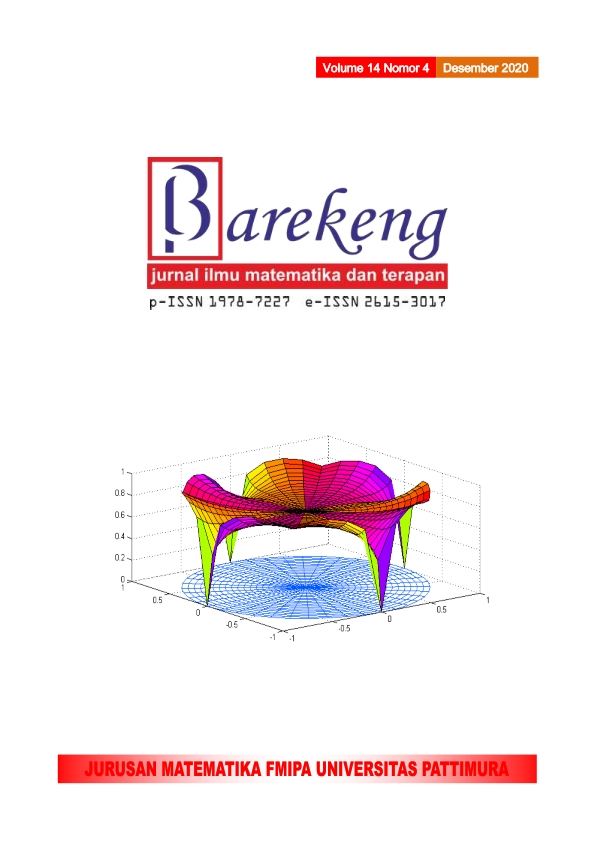IDENTIFIKASI PENALARAN ALJABAR MAHASISWA DALAM MENYELESAIKAN MASALAH RELASI REKURSIF MENGGUNAKAN ALAT PERAGA MENARA HANOI DITINJAU DARI GAYA BELAJAR
Abstract
This study aims to identify the level of students' algebraic reasoning in solving recursive relation problems using tower hanoi props in terms of learning styles. This research is a descriptive exploratory research with a qualitative approach. The instruments in this study consisted of learning style questionnaires, Mathematics Ability Tests, Problem Solving Tasks, and task-based interviews. The research begins with giving tests of mathematical ability and learning style agket to 8 semester VI students of the STKIP PGRI Sumenep mathematics education study program in Sumenep to obtain three subjects, each with visual, auditory and kinesthetic learning styles with equal mathematical abilities and of the same gender. After that, it was followed by giving problem solving tasks and task-based interviews twice. Time triangulation is used to check the validity of the data. The data analysis technique consists of 5 stages, namely data categorization, data reduction, data presentation, data interpretation, and drawing conclusions. The results show that the visual subject is higher than level 2 but has not reached level 3, the auditory subject is at level 2, and the kinesthetic subject is at level 3. The three subjects have reached the stage of solving the problem, but the one who can solve the problem until they find the final solution is only the kinesthetic subject. The implication of research in learning is that teachers can more easily design learning according to their learning styles so that they can hone students' algebraic reasoning.
Downloads
Authors who publish with this Journal agree to the following terms:
- Author retain copyright and grant the journal right of first publication with the work simultaneously licensed under a creative commons attribution license that allow others to share the work within an acknowledgement of the work’s authorship and initial publication of this journal.
- Authors are able to enter into separate, additional contractual arrangement for the non-exclusive distribution of the journal’s published version of the work (e.g. acknowledgement of its initial publication in this journal).
- Authors are permitted and encouraged to post their work online (e.g. in institutional repositories or on their websites) prior to and during the submission process, as it can lead to productive exchanges, as well as earlier and greater citation of published works.






1.gif)



